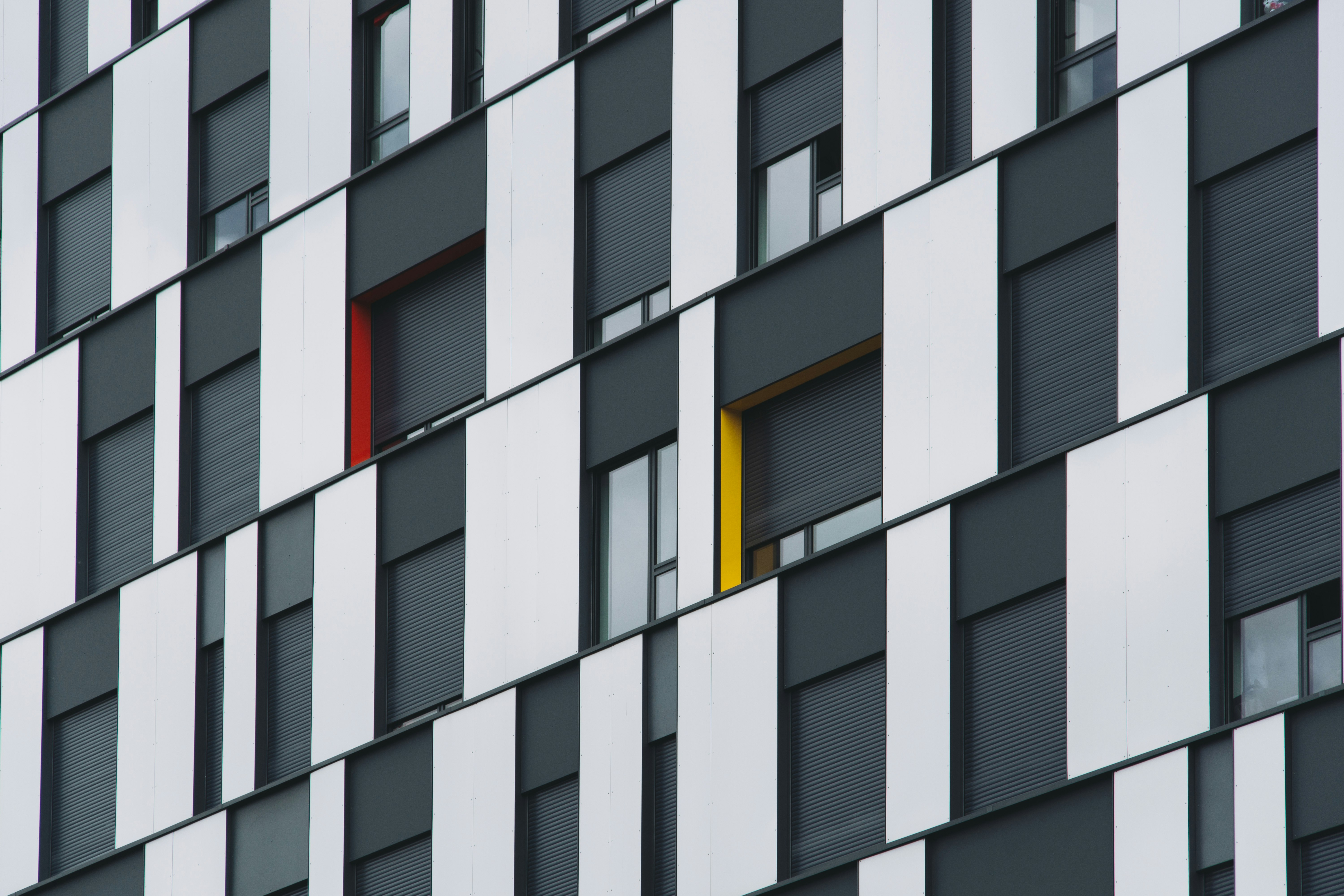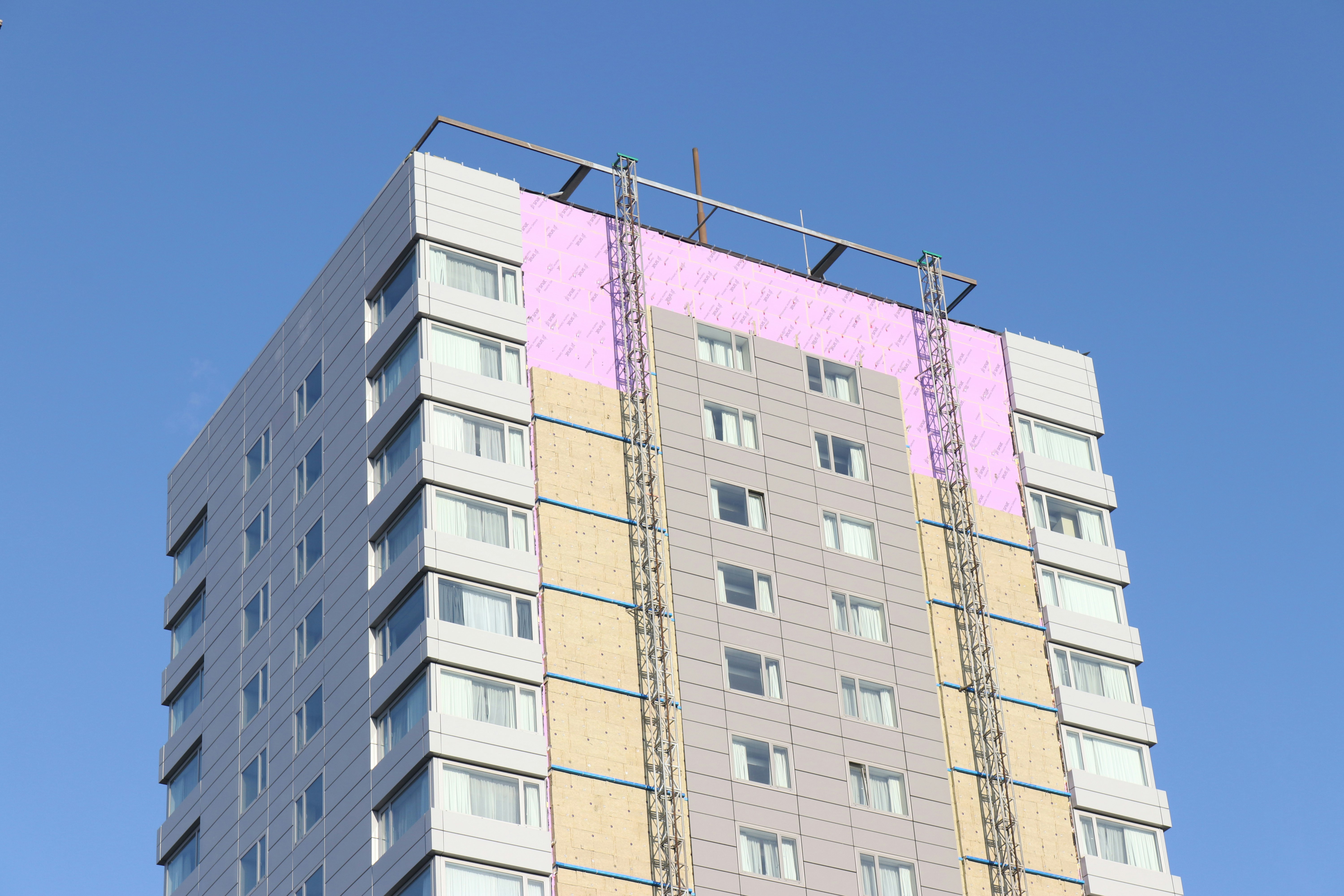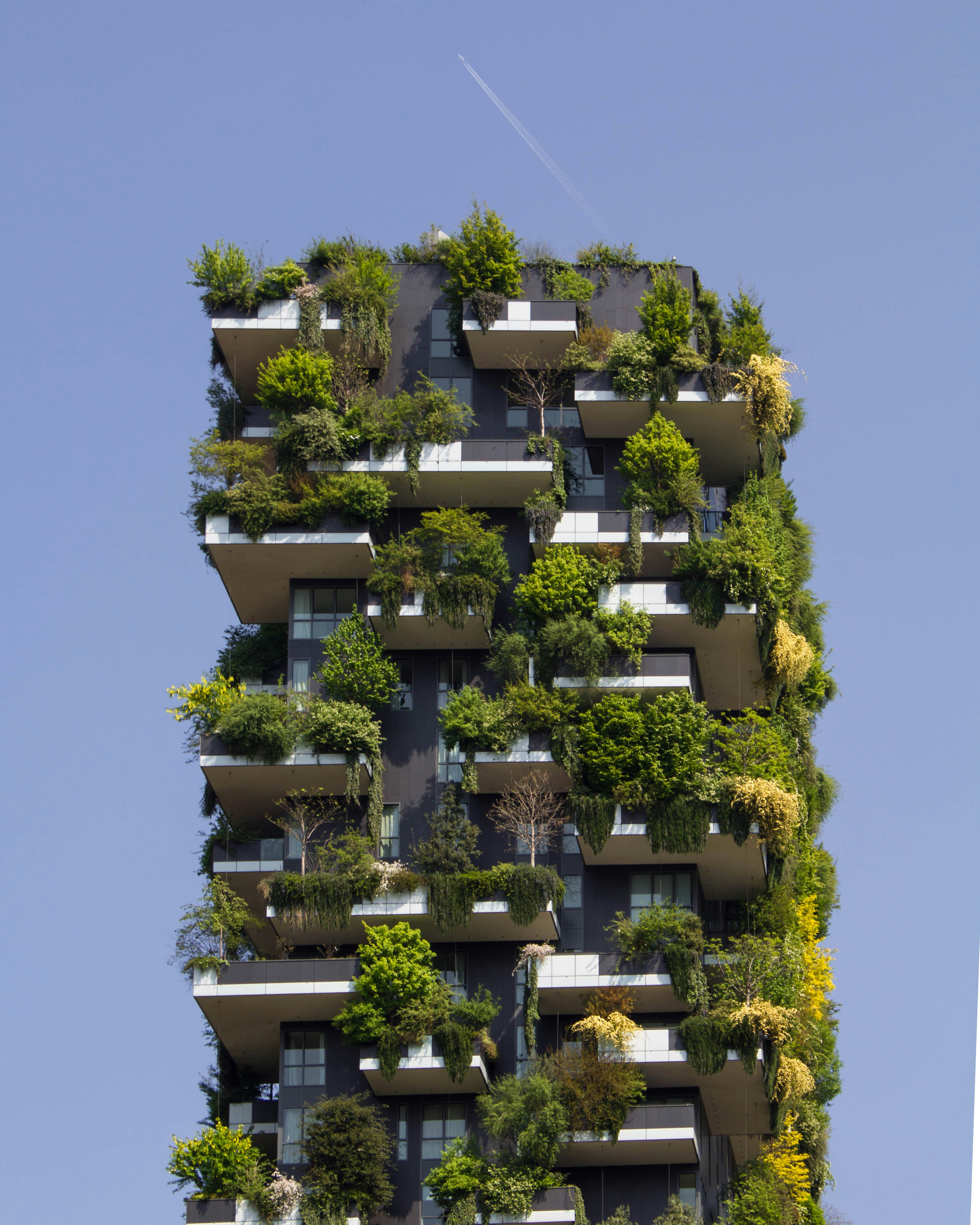This can be achieved with a reflective or “cool” roof installation. For both existing buildings and homes and new construction, the energy-savings potential of cool roofing technology is an ideal solution for many customers.
How Cool Will the Savings Be for Customers?
Cool roofing is known to be very affordable overall, with energy savings ranging from 7%-15% of total cooling costs, according to the Green Building Alliance. To determine how much a cool roof installation can help customers deal with peak demand and reduce energy expenses, the first step is to identify peak demand charges on a typical electrical bill.
Next, establish an estimate for the potential savings achieved by installing a cool roof. Also, establish the other benefits of going green with a cool roof, such as:
- Increased comfort in non-air conditioned areas
- Extended roof life
- Improved air quality inside the building
- Reduce air pollution and smog formation
For more a detailed approach to these steps, and tools to help you illustrate the impact of base use and peak demand for electricity, review this White Paper (PDF) prepared by TEGNOS Research, Inc. Two other handy tools for creating estimates for your customers are:
- U.S. Department of Energy’s Cool Roof Peak Calculator. This is for large facilities that purchase electricity with a demand charge based on peak monthly load. Follow this link for the appropriate calculators for various types of residential and commercial buildings. There are additional calculators for different slope roofs; try a Google search to find one that is right for your analysis. Remember, the accuracy of the data you input has a significant impact on the accuracy of the savings calculations.
- The Utility Rate Database (free) provides rate structure info for more than 3,000 U.S. utilities and a few other countries. Search for a utility and rates to understand how electric energy usage charges are determined and identify ways to reduce an energy bill and make other analyses of the value of green technology such as wind or solar power.
Can Every Roof Become a Cool Roof?
Modern cool roofing membranes frequently cost no more than darker non-cool roof materials. Cool roofs use a highly reflective surface, typically white, to direct a significant portion of solar heat away from a building whereas dark, non-reflective roof surfaces absorb and transfer solar heat into a building. A light-colored, reflective roof surface redirects solar heat away from the building and into the atmosphere, which keeps the roof surface temperature just slightly higher than the air temperature. Considering, roof temperatures can get as high as 121° on an 89° day in summer, it’s impressive that cool roof materials can reduce the heat load on a roof to 108°, depending on the type of roof and surface membranes applied.
There are a variety of approaches used for low-sloped versus steep-sloped roofs. Low-sloped roofs have the most options, from coatings to foam to the single-ply PVC membrane among others. Steep-sloped roofs, common to residential construction, use asphalt shingles, tiles, and shakes to reduce solar load. Every customer’s needs are different so it’s best to review the energy savings of the cool roof materials that will best suit their budget and the potential savings after installation.
Resources
- 'Everything You Need , to Know About Cool Roofing' (PDF), Cool Roof Rating Council(AIA Continuing Education, 2006)
- Green Building Alliance: Resources on Cool Roofs
- Design for Efficiency: Cool Roofs












